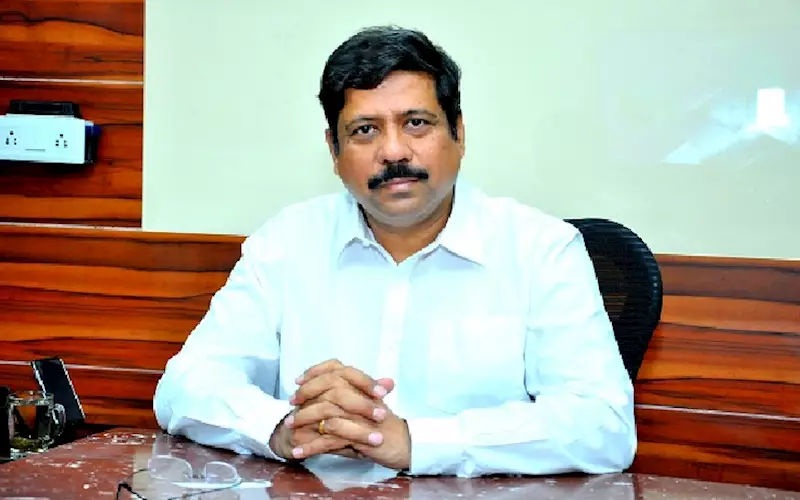Closing the loop in the Indian manufacturing sector
Rrajesh Khosla, president and CEO, AGI Glaspac, writes to WhatPackaging? about ways to achieve and maintain a closed-loop circular economy
10 Sep 2021 | By Aultrin Vijay & WhatPackaging? Team
India is the world's ninth largest economy, with a GDP of USD 2.3 trillion, and the third largest by purchasing power parity, with USD 8 trillion. Manufacturing makes up just 16% of the country's GDP, while services make up nearly 52%. Just 2% of global manufacturing output comes from India; that's one-tenth of what China does. India is underperforming in manufacturing.
According to estimates, only 1% of the materials used in manufacturing processes are still "in use" six months after the goods are sold. So, what happens to the other 99% of the material?
The answer what we'll be talking or looking here will be about the idea of circular economy, which has made its way from academic research projects into corporate strategies in recent years as a result of a new generation of customers who are concerned about environmental issues, dwindling raw material supplies, and significant technological breakthroughs brought about by the fourth industrial revolution. From China to Europe, numerous governments are trying to assist the transition to a circular economy, both through subsidies and legislation.
Every year, we generate approximately 560-580 kg of garbage per person. Whether we want to do anything about it or not, the tasks ahead of us are far from simple. For years, we've heard about sustainability and the various initiatives driven by individual and corporate social responsibility, such as litter-picking, selective waste disposal and donations, in the media and at work. While such initiatives may successfully address one or two local issues, comprehensive sustainable solutions spanning multiple products and sectors necessitate a more expansive approach.
Almost half the world's top 100 companies have already adopted a concept that ensures the materials they use are sustainable. What we'll be talking about here is the idea of a circular economy, which has made its way from academic research projects into corporate strategies in recent years due to significant technological breakthroughs brought about by the fourth industrial revolution and a new generation of customers who are concerned about environmental issues and dwindling raw material supplies. Numerous governments are trying to assist the transition to a circular economy, both through subsidies and legislation.
Unlike today's (usually linear) system in which we manufacture goods, use them, and throw them away, a circular economy ensures that goods are not discarded, but are instead recycled – either in their original or processed form – back into the manufacturing process. There is no waste/debris in a circular economy, and today's products are also tomorrow's raw materials, so there is no need to dispose of them.
Some examples from recent years include recycling, selective waste collection and numerous others. However, due to the degradation of materials over time and the limited opportunities for use, these tools do not represent a complete solution in and of themselves. We need to think long-term to know what will happen to the product after the user throws it away.
The circular economy incorporates these tools, propagates them at a systemic level and elevates them. Its goal is to reduce waste and resource consumption by transforming the life cycles of products.
The circular economy is easily associated with recycling, with the selective disposal of glass, plastic, paper, and metal waste. Although the spread of waste disposal is an essential step toward a (more) waste-free world, the following will show that the circular economy is about much more than recycling.
The tools (see box) are present throughout the value chain, from product design to the manufacturing process to how consumers use them. Furthermore, these tools differ regarding who is accountable for them along the value chain: the supplier, the manufacturer, the consumer – or possibly all of them simultaneously. Most of the tools are not novel; their strength is that they are used collaboratively by the participants in the value chain.
Tools to build the circular economy
- Sustainable design
- Maintenance and repair
- Renovation
- Remanufacturing
- Recycling
- Recycling during the manufacturing process
- Reuse











 See All
See All